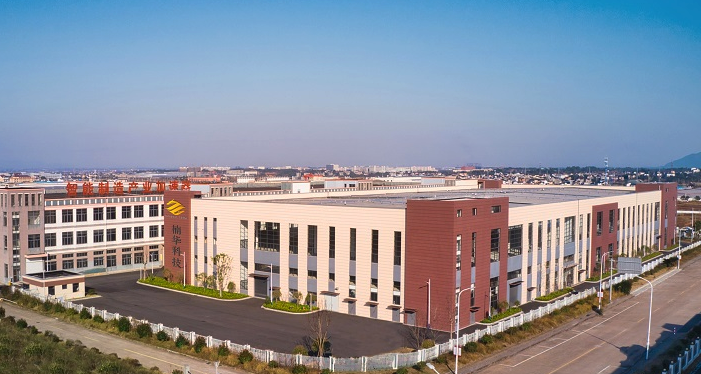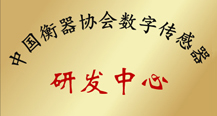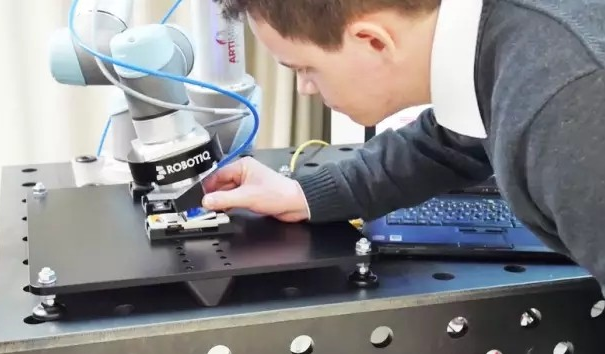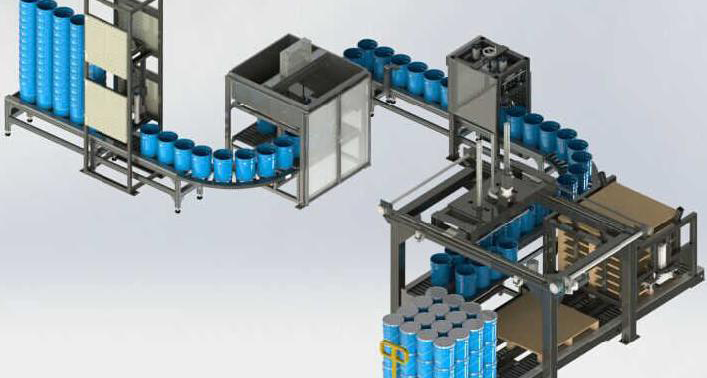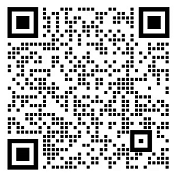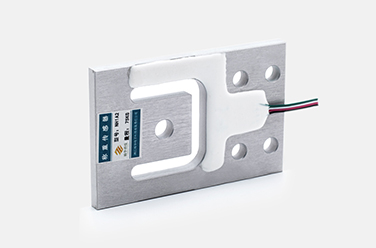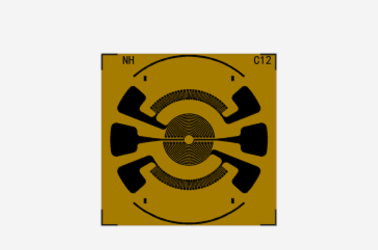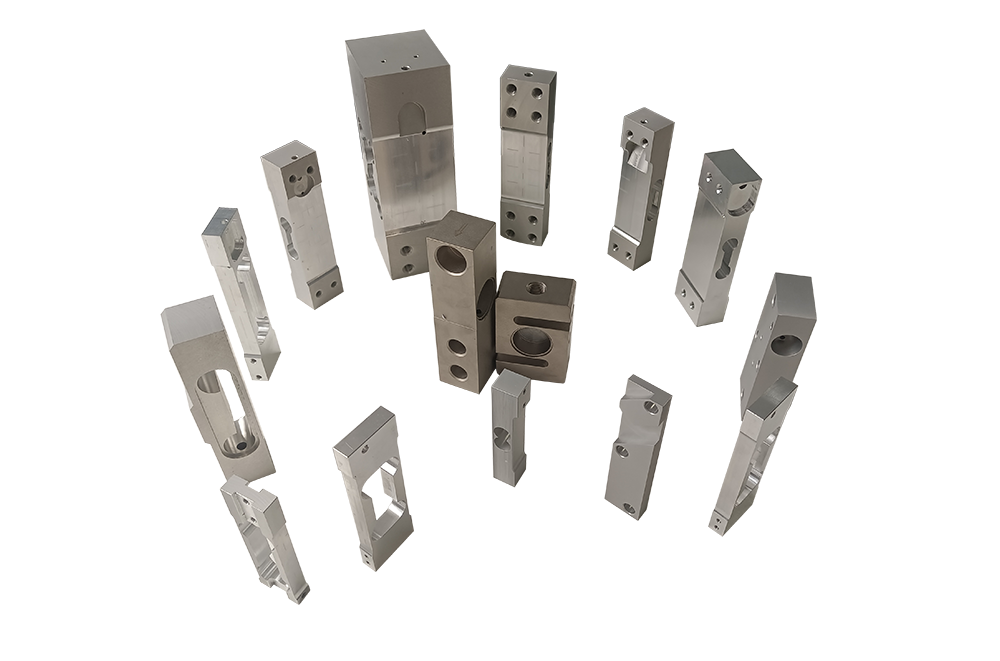Optical fiber sensor is a "new technology" that is gaining momentum in recent years, because it has extremely high sensitivity and precision, anti-electromagnetic interference, high insulation strength, corrosion resistance, The advantages of digital communication system compatibility, etc., have been widely used in power grid systems, road monitoring, rail transit, food safety and other fields.
The upstart optical fiber sensor
Optical fiber sensing technology is a new type of sensing technology. Through light reflection, refraction and absorption effects, optical Doppler effect, acousto-optic, electro-optic, magneto-optic and elasto-optic effects, etc., the amplitude, phase, polarization state and wavelength of light waves can be directly or indirectly changed. Therefore, the optical fiber can be used as a sensitive element to detect various physical quantities.
China has become a major consumer of optical fiber sensors in the world and has made certain breakthroughs in the process of localization. It is understood that universities, research institutes and other institutions represented by Nanjing University and Shenzhen Zhongke Sensing have basically mastered a complete set of optical fiber sensor solutions. As for the core components of the optical fiber sensing system, the narrow-band light source of Xiamen Bigger and the lithium niobate waveguide of Shiweitong are representative of related devices, and they are not far behind to achieve independent research and development.
Looking at the entire industry market, the independent research and development of optical fiber sensors in China is still a “shortcoming”, and the overall marketization level is still lagging behind foreign countries. According to statistics, the research and development rate of new sensor products in China lags behind the United States and Japan for nearly 10 years, and the level of industrialization is 10-15 years behind. In the future, the industrialization pattern of China's optical fiber sensing market needs to be improved, and the blessing of Internet of Things technology will promote China's optical fiber sensing market to a new round of development peak.
Analysis of optical fiber sensor application scenarios
The Internet of Things has become an important promoter of the localization of optical fiber sensors. The development of the Internet of Things must use a large number of sensors to obtain various environmental parameters, so as to provide more reliable data information for the Internet of Things, and then process the system to obtain the results people need. It can be seen that optical fiber technology has a very broad application prospect in the Internet of Things.
It is precisely to capture the increasingly close industry trend of optical fiber sensor technology in the above-mentioned fields. The 8th China (Beijing) International Optical Fiber Sensing Technology and Application Conference and Fair is committed to To fully expand the application field of optical fiber sensor technology, focus on various application industries such as smart grid, mine safety, rail transit, ocean and environment, geology and water conservancy, and show the corresponding innovative comprehensive solutions of domestic giants.
Fiber optic sensors play a major role in the field of smart grids. The optical fiber sensing technology is used to monitor the safety of the transmission line. Through the real-time monitoring of the disturbance of the optical cable, the connector box, the optical core, etc. that occur on the transmission line, the information is collected and analyzed to determine the location, type, and intensity of the disturbance. Help line maintenance personnel to discover the sabotage of the transmission line in time, effectively solve the early warning and monitoring of line damage, and provide warning, intelligent analysis and auxiliary decision support for the power system.
Fiber-optic sensors are also making efforts in the field of road safety. With the development of industry and transportation, the increasing span of bridges and the trend of complex structures have caused more attention to potential safety hazards. The fiber optic sensing system is embedded in the cement structure to form the ability to sense stress and fracture damage. At the same time, the tension sensor is used to sense the local deformation of the tunnel that is prone to collapse. This information can be combined with the Internet to realize long-term stable real-time monitoring of these infrastructures and reduce the occurrence of accidents.
The role of optical fiber sensors in the field of rail transit cannot be underestimated. Take China's self-developed high-speed train masterpiece-Harmony 380AL as an example. There are more than 1,000 sensors in a train. On average, one of every 40 parts is a sensor. They are responsible for functions such as status monitoring, fault alarm, and vehicle equipment control. Ding Rongjun, an academician of the Chinese Academy of Engineering and general manager of CRRC Zhuzhou Institute, once explained the important role of optical fiber sensors. It is useful for collecting train operating status information, high-speed comprehensive detection of trains, rail flaw detection, remote track status monitoring, and comprehensive indoor and outdoor environmental sensing. And other aspects have played an indispensable role.
